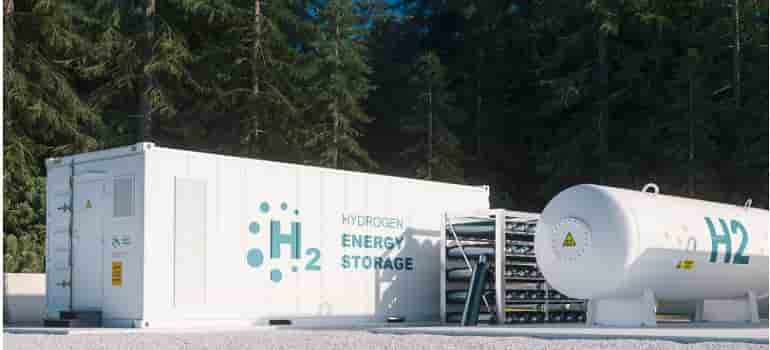
NITI Aayog, the Central Government think-tank, and industry body India Hydrogen Alliance (IH2A) have initiated a series of stakeholder consultations on Green Hydrogen demand in different sectors, supply chain management, low cost financing, capacity building and domestic electrolyser manufacturing.
The first consultation in this series identified key technical, economic and policy challenges that need to be addressed in meeting national ambitions. It has called out funding, hydrogen standards, electrolysers manufacturing, creation of carbon market and hydrogen clusters as immediate priorities for India. This is part of a series of consultations being organised by NITI Aayog and the industry.
The stakeholder consultation covered the importance of a visionary national target that is critical to reducing the prices of green hydrogen, with a view expressed by some stakeholders that India should target 5 MT of domestic Green Hydrogen production by 2030 serving both existing and new applications.
Further, it was observed that Government is in process of planning to provide incentives to promote domestic manufacturing of electrolysers, through the PLI scheme. Creation of a national hydrogen supply chain that includes national electrolyser capacity, creation of hydrogen-based demand in refineries, fertilizers and steel are expected to require public incentives estimated tentatively at Rs. 30,000 crores. The rest of the investment is proposed to be sourced from multiple green finance routes including global climate finance funds.
The National Green Hydrogen Mission 2021, announced by the Hon’ble Prime Minister, is an important part of India’s long-term energy sufficiency plan for ‘Atmanirbharta’ to replace energy imports with clean energy, and meet India’s decarbonisation targets.
The first consultation and discussions concluded that India has an excellent opportunity to create the world’s largest green steel capacity, and ensure 10 MT of high-margin export oriented green steel capacity by 2030. Green ammonia can decarbonize the fertilizer sector rapidly and needs to be supported for energy storage and exports. Decarbonisation is a global priority – it requires global climate funding support from developed markets.

